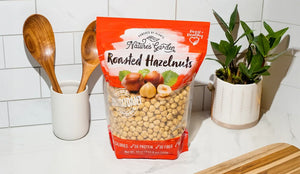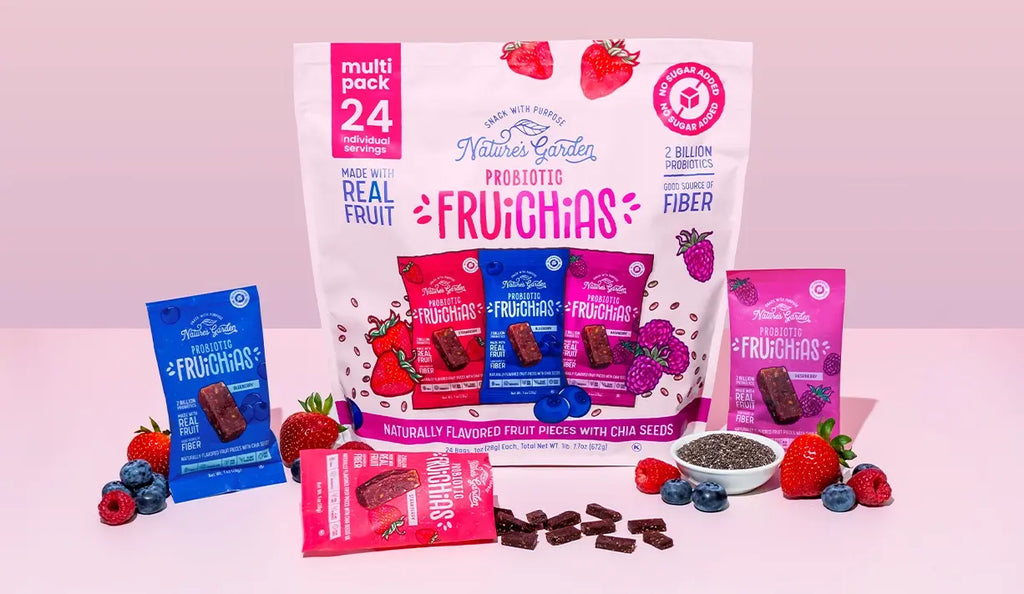It’s crazy that nearly 80% of people are lacking in magnesium – a nutrient that’s wildly essential for so many of your body’s functions.
It’s our goal in this article to make you absolutely MAD for magnesium!
(Not angry “mad” – just the obsessed sort of “mad”!)
Magnesium is an essential nutrient to help many of the body’s processes. It helps your muscles and nerves work properly, works to maintain blood sugar and blood pressure, and is key in the production of protein, bone, and even DNA.
Since magnesium plays such a crucial role in your overall heart and brain health, a deficiency could potentially cause a number of different health problems, including depression.
Unlocking the Power of Magnesium in Combating Depression
As we’re well into winter here in the Northern Hemisphere, depression rates are typically higher now than at any other point in the year. This type of depression can often be categorized as Seasonal Affective Disorder, more commonly known as SAD, or generally known as “the winter blues”.
SAD is a form of depression that’s related to changes in the seasons. For most people suffering from SAD, it occurs the same time every year. Most SAD sufferers feel their depression creep in early in the fall, continuing into the winter, and resolving in the spring.
We go further into detail on the link between the winter blues and low energy in one of our recent blog posts, Replenish Your Energy This Winter With These 3 Key Vitamins & Nutrients, so be sure to check it out for further reading.
Signs of Low Magnesium
Low magnesium levels might be to blame if you are…
-
Struggling to get through your usual workout
Low magnesium levels seem to be interlinked with low potassium levels, and a magnesium-deficient diet actually depletes our reserves of potassium—a necessary electrolyte for proper exercise recovery.
-
Having more muscle cramps than usual
Magnesium helps your muscles both contract and relax, and assists in synthesizing protein to help you grow stronger. Low magnesium levels cause our muscles to feel out of control and can start to cramp or twitch.
-
Feeling constantly tired or exhausted
There are a million reasons that could be the cause of this – however, diet plays a major factor in energy levels, and magnesium especially since it helps convert food into energy. Ensuring you are eating magnesium-rich foods is the first step.
Maximizing the Benefits of Your Magnesium Intake for Optimal Health
Magnesium is found in leafy greens, spinach, legumes, nuts, seeds, wholegrains, and bananas. During winter, many of us turn to our comfort foods – typically meat and processed food – and forget about the magnesium-rich foods that are essential in our diets.
The recommended daily intake for magnesium depends on your age and gender:
Magnesium Intake for Children
- 1-3 years: 80mg
- 4-8 years: 130mg
- 9-13 years: 240mg
- boys 14-18 years: 410mg
- girls 14-18 years: 360mg
Magnesium Intake for Adults
- Men under 30: 400mg
- Men over 30: 420mg
- Women under 30: 310mg
- Women over 30: 320mg
- Pregnant or breastfeeding women: 360mg
Here’s a simple list of foods that are high in magnesium that you can add into your diet to increase your magnesium intake:
- Pumpkin seed kernels (1 oz.): 168 mg
- Nature’s Garden Roasted Hazelnuts (26 nuts): 50mg
- Cooked spinach (½ cup): 78 mg
- Dry-roasted cashews (1 oz.): 74 mg
- Soymilk (1 cup): 61 mg
- Cooked black beans (½ cup): 60 mg
- Cooked edamame (½ cup): 50 mg
- Dark chocolate, 60-90% cacao (1 oz.): 50 mg
- Peanut butter (2 Tbsp.): 49 mg
- Whole-wheat bread (2 slices): 46 mg
An easy way to get more magnesium is by snacking on a trail mix that incorporates one or more of the nuts listed above. Our top pick is Nature’s Garden Garden Choco Nut Mix which features both almonds and cashews. If you’re feeling a little indulgent, chow down on our Dark Chocolate Covered Almonds, featuring magnesium-rich dark chocolate and almonds.
Start your day with a magnesium-packed breakfast by adding our Choco Nut Mix or Roasted Hazelnuts to your favorite oatmeal, along with a banana. Snack on almonds and low-fat yogurt throughout the day, then opt for a spinach-based salad for lunch or dinner.
Supplements are also a fantastic way to get a secondary source of magnesium. Be sure to do your research and speak to your health care provider before starting a supplement.
So – what are you waiting for? It’s time to get moving and grooving with the magic of magnesium!
Thank you to your friends at Eating Well for the information used in this article.

















